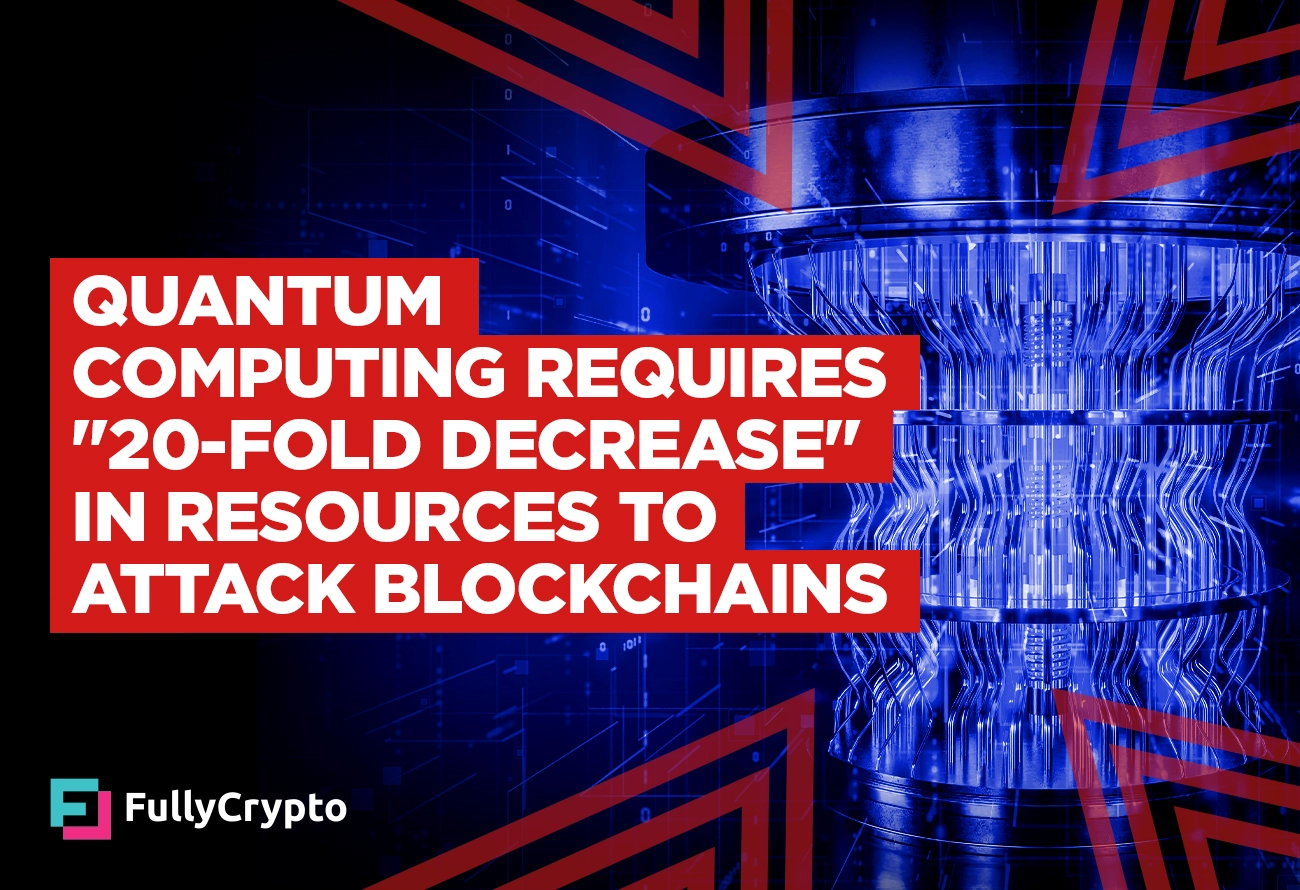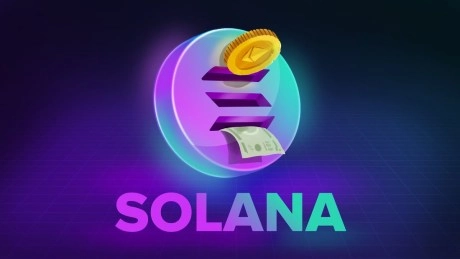By Mark Hunter
4 hours agoTue May 27 2025 08:17:37

Reading Time: 2 minutes
- A new study has dramatically reduced the estimated quantum resources needed to break cryptographic systems like RSA
- Google quantum computing nerd Craig Gidney says that factoring 2048-bit RSA keys could now require 20 million qubits — a substantial improvement over earlier estimates
- While still beyond current capabilities, the findings narrow the gap between today’s quantum computers and potential blockchain threats
Quantum computing has long been heralded as the doomsday device that could kill Bitcoin , and recent research by a Google engineer has brought that fear a step closer. Craig Gidney claims that the resources required to break RSA encryption—integral to securing many blockchain systems—may be 20 times less than previously estimated, a significant reduction in requirements. This development raises concerns about the potential vulnerability of cryptocurrencies like Bitcoin to quantum attacks, should quantum computing accelerate as thought.
Smarter Qubits, Not Bigger Computers
In quantum computing, a qubit (short for quantum bit) is the basic unit of information — like a bit in a regular computer, but with quantum properties. To break encryption used in things like Bitcoin or online banking, a quantum computer would need millions of these qubits working together.
Previously, researchers estimated it would take 20 million qubits plus very sophisticated error-correction to break 2048-bit RSA encryption (a common standard for secure communication). That number alone made the threat feel decades away, since no quantum computer today comes anywhere close. But in the latest research, Gidney and others have found ways to optimize the process, meaning fewer qubits are needed to do the same job, which they achieved by uncovering smarter ways to arrange and use qubits more efficiently. This dramatically cuts down the total number of qubits required.
Bigger threat to Crypto?
In the abstract to his paper, Gidney zeroed in on “cryptosystems”:
Planning the transition to quantum-safe cryptosystems requires understanding the cost of quantum attacks on vulnerable cryptosystems. In Gidney+Ekerå 2019, I co-published an estimate stating that 2048 bit RSA integers could be factored in eight hours by a quantum computer with 20 million noisy qubits. In this paper, I substantially reduce the number of qubits required.
But before you run off and sell your bitcoins, let’s take stock. Even with the improved estimates, today’s quantum systems still lack the stability and error correction needed to run these massive computations, although it does shorten the distance between theory and reality. Bitcoin and many other blockchain platforms use elliptic curve cryptography, which would be similarly vulnerable to Shor’s algorithm once large-scale quantum computers are feasible. The recent findings don’t yet provide a direct attack vector, but they do reduce the technological distance.
Still, there are some who rightly want Bitcoin developers to take action to protect the blockchain against future threats, one of which is certainly quantum computing, even though that threat is theoretical at present.



